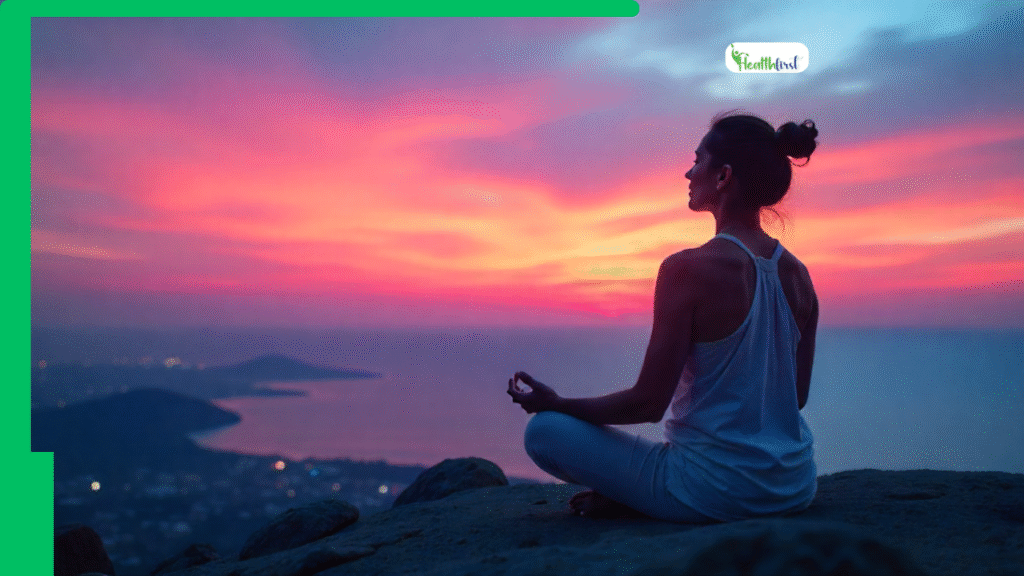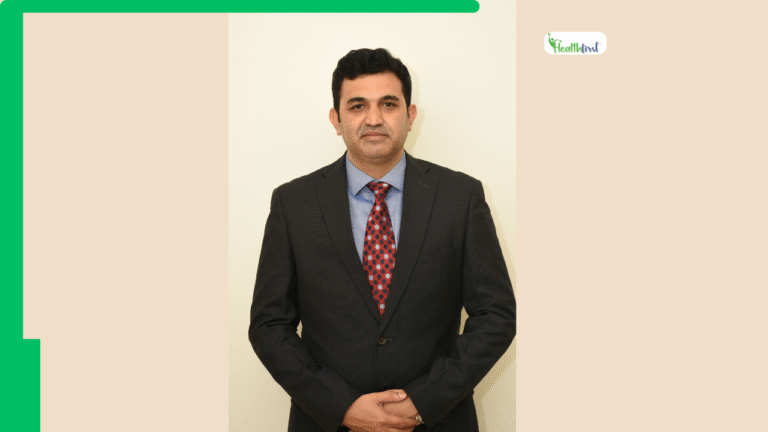The ancient wisdom of Patanjali’s Yoga Sutras offers more than just physical postures. It presents a comprehensive system for personal transformation and spiritual growth. This classical text, compiled around 400 CE by the sage Patanjali, outlines an eight-limbed path known as Ashtanga Yoga that guides practitioners toward inner peace and self-realization.
Unlike modern yoga that often focuses primarily on physical poses, Patanjali’s system addresses every aspect of human existence—from ethical behavior to breath control to deep meditation. By following this path, students develop not only physical strength and flexibility but also mental clarity, emotional balance, and spiritual awakening.
The Foundation and Philosophy of Patanjali’s Yoga
1. Pranayama: The Science of Breath Control
The fourth limb of Ashtanga Yoga addresses the vital energy that animates the body and mind. Pranayama combines “prana” (life force) and “ayama” (extension or control), referring to techniques that regulate breath to influence energy and consciousness. This practice serves as a crucial bridge between the physical and mental aspects of yoga.
In the Yoga Sutras, pranayama follows asana because stable posture provides the necessary foundation for breath work. Patanjali describes pranayama as the regulation of inhalation, exhalation, and retention of breath. When mastered, these techniques are said to make the mind fit for concentration by removing the veil that covers inner light.
The Physiological Basis of Pranayama
Breath represents a unique bodily function that operates both automatically and under voluntary control. This dual nature makes it an ideal tool for influencing the autonomic nervous system, which governs many unconscious processes including heart rate, digestion, and stress response.
Modern science confirms that different breathing patterns create distinct physiological effects. Slow, deep breathing activates the parasympathetic (“rest and digest”) nervous system, reducing stress hormones and promoting relaxation. By contrast, certain energizing pranayama techniques can increase alertness and metabolic activity.
Research in the field of psychophysiology demonstrates links between breathing patterns and emotional states. A 2018 study in the Journal of Neurophysiology found that controlled breathing techniques altered activity in brain regions associated with emotion processing, attention, and awareness. These findings help explain pranayama’s effectiveness for both calming anxiety and enhancing concentration.
Traditional Pranayama Techniques
Classical yoga texts describe numerous pranayama techniques, each with specific effects and applications:
Ujjayi (Victorious Breath) involves a slight constriction at the back of the throat, creating a soft sound like ocean waves. This technique enhances breath awareness, warms the body, and helps maintain focus during both pranayama and asana practice.
Nadi Shodhana (Alternate Nostril Breathing) balances the right and left energy channels according to yogic physiology. Research suggests this technique helps balance the sympathetic and parasympathetic nervous systems, reducing stress while improving focus.
Kapalabhati (Skull-Shining Breath) features active exhalations with passive inhalations, performed in rapid succession. This more energizing technique clears stagnant air from the lungs, stimulates metabolism, and enhances alertness.
Bhramari (Bee Breath) involves creating a humming sound during exhalation. The vibration has calming effects on the nervous system and mind, making it particularly useful for anxiety and sleep issues.
2. Pratyahara: The Withdrawal of the Senses
Pratyahara marks a significant transition in the eight-limbed path, shifting focus from external practices to internal disciplines. This fifth limb involves withdrawing attention from external stimuli and directing it inward. The term combines “prati” (against or away) and “ahara” (food or what we take in), referring to the practice of turning away from sensory “food” that typically consumes our awareness.
In everyday life, our attention constantly flows outward through the five senses—seeing, hearing, touching, tasting, and smelling. This outward orientation creates dependency on external stimulation and vulnerability to distraction. Pratyahara reverses this flow, training the mind to maintain focus regardless of external conditions and preparing it for deeper meditation.
The Process of Sensory Withdrawal
Pratyahara doesn’t involve physically blocking the senses but rather changing our relationship with sensory input. The senses continue to function, but we develop the ability to choose whether to engage with or disengage from their input. This skill develops gradually through various practices:
First, practitioners learn to observe sensations without immediately reacting to them. This creates space between perception and response, reducing automatic reactions. Next, they practice selectively engaging with sensory input, choosing what deserves attention rather than allowing the loudest or most attractive stimulus to capture awareness.
Eventually, the ability to withdraw attention from external objects becomes more complete. During deep pratyahara, awareness rests in an internal space where external sounds, sights, and sensations may be registered but don’t disturb concentration. This state prepares the mind for the focused attention of dharana (concentration) and dhyana (meditation).
Pratyahara in Daily Life
While complete sensory withdrawal requires dedicated practice time, the principles of pratyahara can be applied throughout daily activities. Simple practices include:
- Taking regular short breaks from screens and digital stimulation
- Creating designated quiet periods during the day
- Establishing a simplified, uncluttered personal space
- Practicing mindful eating with reduced distractions
- Setting boundaries around news and media consumption
These applications help manage the sensory overload characteristic of modern environments. By intentionally creating periods of reduced stimulation, practitioners develop resilience against distraction and greater capacity for present-moment awareness.
3. Dharana: The Art of Concentration
Dharana, the sixth limb of Ashtanga Yoga, represents the first stage of the internal practice of meditation. After withdrawing the senses through pratyahara, dharana involves fixing the attention on a single point of focus. Patanjali defines it as “desa-bandhas-chittasya dharana” – binding the consciousness to one place or object.
This practice develops mental stability and one-pointedness that counteracts the mind’s natural tendency to wander, fluctuate, and jump between thoughts. Through regular practice, the scattered attention gradually becomes collected and directed, creating the foundation for deeper meditative states.
The Practice of Single-Pointed Focus
In dharana, practitioners choose a specific object of concentration and repeatedly return attention to it whenever the mind wanders. Traditional objects of focus include:
- A physical object like a candle flame, symbol, or statue
- A point in the body such as the space between the eyebrows or the heart center
- The breath, following its natural rhythm or counting breaths
- A mantra or sound repeated mentally
- A visualization such as light, a deity, or geometric pattern
The specific object matters less than the process of sustaining attention. Each time the mind wanders (which happens frequently for beginners), the practitioner gently but firmly brings it back to the chosen focus. This repeated return develops the “attention muscle,” gradually extending the periods of unbroken concentration.
Dharana in Daily Activities
While formal sitting practice provides ideal conditions for developing concentration, the principles of dharana can be applied to daily activities. Practices like single-tasking (focusing completely on one activity without multitasking), active listening (giving undivided attention to conversations), and flow states during creative work all represent dharana in action.
This application creates a mutually reinforcing relationship between formal practice and everyday life. Dedicated concentration sessions strengthen the capacity for present-moment focus, which enhances engagement in daily activities. Conversely, bringing focused attention to routine tasks develops habits that support formal meditation.
As concentration strengthens, practitioners notice increased clarity, reduced mental chatter, and greater ability to choose where attention goes rather than having it pulled in various directions. These qualities create the foundation for dhyana (meditation), where concentration matures into a steady, unbroken flow of awareness.
4. Dhyana: The Flowering of Meditation
Dhyana, the seventh limb of Ashtanga Yoga, represents the state of meditation that naturally emerges from sustained concentration. While dharana involves repeated effort to maintain focus, dhyana occurs when attention flows uninterrupted toward the object of meditation without wavering or requiring correction. Patanjali describes dhyana as “tatra pratyaya ekatanata dhyanam”—a continuous flow of cognition toward that object.
This stage marks a significant shift in quality of awareness. The repeated redirecting of attention characteristic of dharana gives way to a steady, effortless continuity. The boundaries between observer, observing, and observed begin to soften, creating a state of absorption that feels both deeply peaceful and vibrantly aware.
The Meditative State
Unlike concentration, which can feel effortful, true meditation has a quality of ease and natural flow. The mind no longer jumps between thoughts but rests in clear, steady awareness. This state has several distinctive characteristics:
- Present-moment awareness without constantly referencing past or future
- Reduced mental commentary and conceptualization
- Heightened clarity and vividness of perception
- A sense of spaciousness or witness consciousness
- Diminished sense of separate self as doer or experiencer
These qualities emerge organically rather than being forced or manufactured. They represent the mind’s natural state when usual patterns of fragmentation and distraction subside. Various contemplative traditions describe this condition using different terminology but point to remarkably similar experiences.
Traditional Approaches to Dhyana
Classical yoga texts outline several approaches to developing meditative awareness:
Saguna meditation focuses on form or qualities, using visualizations, mantras, or devotional imagery as support for awareness.
Nirguna meditation directs attention toward formless awareness itself, beyond specific objects or attributes.
Some traditions employ systematic stages, beginning with form-based support and gradually moving toward more subtle objects of awareness as the practitioner develops stability.
What these approaches share is the cultivation of sustained, one-pointed attention that eventually blossoms into the flow state of dhyana. The specific technique matters less than the quality of awareness being developed—clear, steady, and undistracted.
5. Samadhi: The Pinnacle of Yogic Practice
Samadhi, the eighth and final limb of Ashtanga Yoga, represents the culmination of the yogic path. In this profound state, the usual boundaries of self dissolve, and the practitioner experiences complete absorption and union with the object of meditation. Patanjali defines samadhi as the state where “the true nature of the object shines forth without being distorted by the mind of the perceiver.”
This state transcends ordinary consciousness, moving beyond the typical subject-object division that characterizes normal experience. The separate sense of “I” temporarily dissolves, revealing a direct, unmediated awareness that yoga traditions consider the doorway to liberation (kaivalya) and self-realization.
The Experience of Samadhi
While the deepest states of samadhi defy complete description (being beyond conceptual thought), certain qualities characterize the experience:
- Complete absorption where attention no longer wavers
- Dissolution of the sense of separate self
- Timelessness and transcendence of spatial limitations
- Profound peace and contentment (ananda)
- Direct perception unmediated by conceptual thought
- Unity or non-separation from the object of meditation
These experiences arise when the normal fluctuations of mind (vrittis) completely subside, allowing pure awareness to shine forth. The Yoga Sutras suggest that in samadhi, the knower, knowing, and known merge into a unified experience that reveals the true nature of reality.









